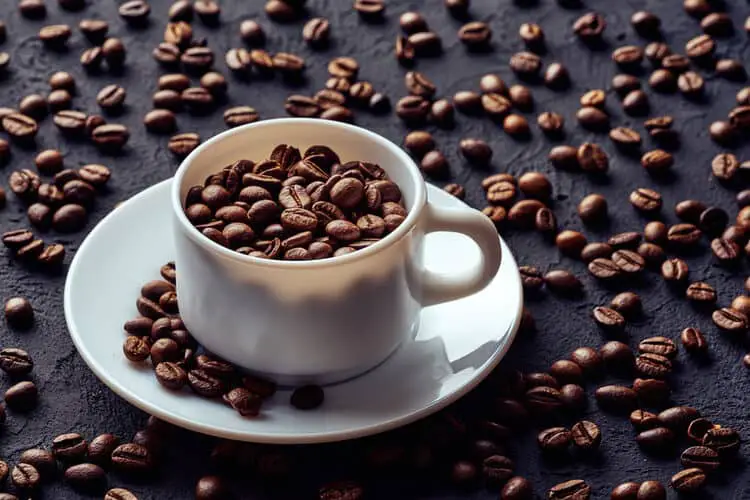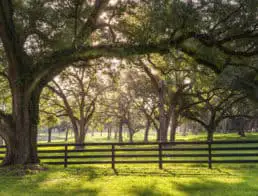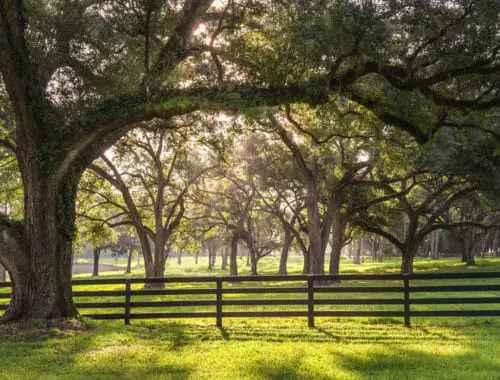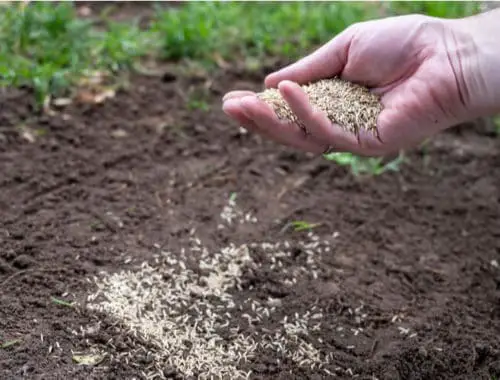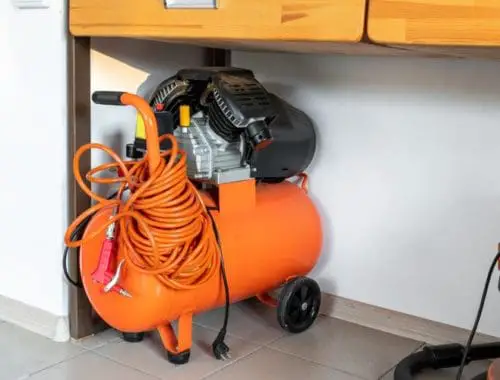There’s nothing like the delicious taste of a good cup of coffee, but purchasing a cuppa joe from the local cafe can be an expensive habit. The good news is you can make your own whole bean coffee at home and it can taste just as great as the store-bought stuff — if you follow a few tips and tricks.
What is Whole Bean Coffee?
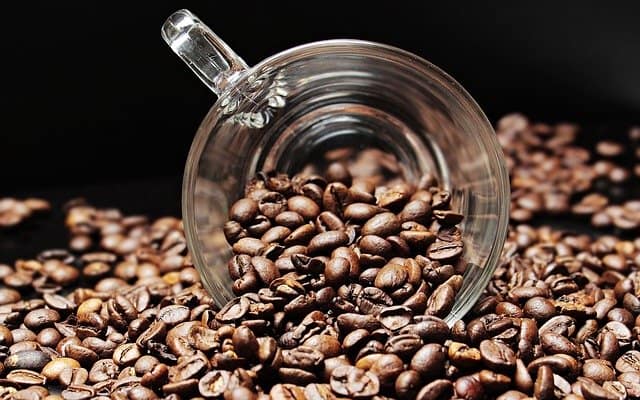
Image courtesy of Pixabay
Whole bean coffee refers to coffee beans that have been roasted. The roasted beans are packaged and shipped to coffee shops, grocery stores, and customers. They’re still not ready to be brewed, however, as you’ll need to grind them before doing so. This is something that is easy to do at home.
Whole Bean vs. Ground Coffee
The biggest difference between whole bean and ground coffee is the surface area that is exposed to oxygen. For whole bean coffee, only the outer part of the bean is exposed, while with ground coffee the smaller grounds are exposed. This exposure to oxygen diminishes the flavor profile of the bean, resulting in a less delicious tasting cup of coffee. This is why coffee connoisseurs insist on preserving the whole bean until just before the coffee is ready to be brewed for the best tasting cup.
Why Use Whole Bean Coffee?
The biggest reason to use whole bean coffee when brewing at home is to preserve the flavor profile of the coffee. Although it tastes better when used within a month of roasting, whole bean coffee can stay fresh-tasting for up to a year or more when stored correctly. Once the coffee has been ground, it should be used within two to three months for the best experience.1
Benefits of Using Whole Bean Coffee
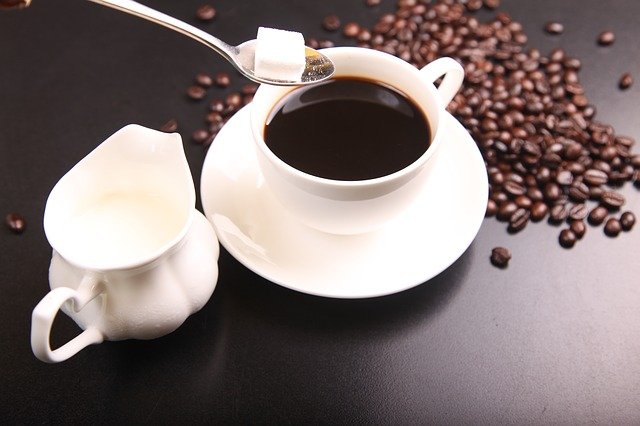
Image courtesy of Pixabay
There are several benefits of using whole bean coffee, including:
- Freshness. Freshness is the biggest benefit of using whole bean coffee. If you want your coffee to have the best possible taste and aroma, grinding beans right before you brew them is the way to go.
- Choice of grind. Another benefit of whole bean coffee is that you can adjust the grind level to suit your brewing needs. – You will be able to customize the taste, of course, but also the caffeine concentration, as well.2 You can do a coarser grind for French press style coffee, or a finer grind if working with espresso. Most pre-ground coffee available at the grocery store has been ground for use with a drip coffee maker and will be either too coarse or too fine for other brewing methods.
- Better coffee. Ultimately, using whole bean coffee and grinding your own beans is the best part of the experience. Pre-packaged and pre-ground coffee does not have the same craft and quality that buying whole beans gives you. Most supermarket coffee is of a lower quality, even aside from the flavor loss from grinding.
Does Grinding Coffee Take a Lot of Time?
With an electric coffee grinder, it takes 30 seconds or less to grind enough coffee for your morning brew. You can go the old-school route and use a hand grinder, which is slower but still likely to only add 2-4 minutes to your routine. While pre-ground coffee is more convenient, it doesn’t really save you much time in the overall process. Once you’ve ground the coffee, you can still choose an ultra-convenient and reasonably priced coffee maker.
Coffee Buying Tips
- Verify the roasting date. If you’re buying your beans directly from a roaster or cafe, they should know the roasting date of the beans or have it marked directly on the bag. Store-bought coffee should also have a roasting date marked on the package. Keeping in mind that roasted coffee doesn’t stay fresh forever, be mindful of this date.
- Buy directly from a roaster. Your local supermarket is not the place to be buying the best coffee. If you want the best, go straight to the source. A good roaster can tell you all the information you want to know about bean origin, flavor profile, and roasting process. They may even be able to custom roast a batch of your favorite beans to your liking. You may be able to get your beans ground at a roaster or cafe, but keep in mind the flavor profile diminishes once they’re ground. It’ll still be fresher and better tasting than most supermarket coffees, however.
- Opt for a light or medium roast. While some people prefer the bitter, smoky taste of a dark roast coffee, for most consumers a light or medium roast does just fine. Additionally, a light roast coffee has more caffeine per scoop than a dark roast, so it’ll give you a bigger jolt.
How to Store Whole Bean Coffee
Keep your whole bean coffee in an airtight canister for best results. Glass and ceramic are best, as plastic can absorb odors and might not be airtight. Avoid placing it in direct sunlight, as this can cause it to go stale faster. A cool, dark place is best. When stored properly, whole bean coffee should retain its maximum freshness and flavor for about 4-6 weeks after roasting. While it can last from one to two years before the oils in it turn rancid, you’re better off brewing before this time.
Brewing Whole Bean Coffee
First, grind your beans to their desired level. Whatever your brewing method, fresh water is key to a delicious tasting cuppa. Opt for filtered or distilled water if you can. Depending on your brewing method and desired strength, add the appropriate level of water and ground coffee to your brewing apparatus. Brew as directed. Once brewed and piping hot, enjoy!
Grinding your own beans is a lot easier and faster than you might think, and is the best way to get the best-tasting brew at home. With a few tips and tricks, you can make great whole bean coffee at home, for a fraction of the cost of a cafe brew.
Article Sources
Home Life Daily uses only high-quality sources, including peer-reviewed studies, to support the facts within our articles. Read our editorial process to learn more about how we fact-check and keep our content accurate, reliable, and trustworthy.
- Orfanou F, Dermesonlouoglou EK, Taoukis PS. Greek Coffee Quality Loss During Home Storage: Modeling the Effect of Temperature and Water Activity. J Food Sci. 2019;84(10):2983-2994. doi:10.1111/1750-3841.14756
- Fuller M, Rao NZ. The Effect of Time, Roasting Temperature, and Grind Size on Caffeine and Chlorogenic Acid Concentrations in Cold Brew Coffee. Sci Rep. 2017;7(1):17979. Published 2017 Dec 21. doi:10.1038/s41598-017-18247-4
